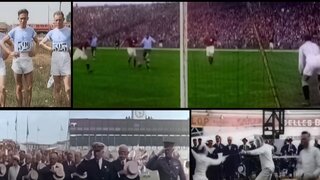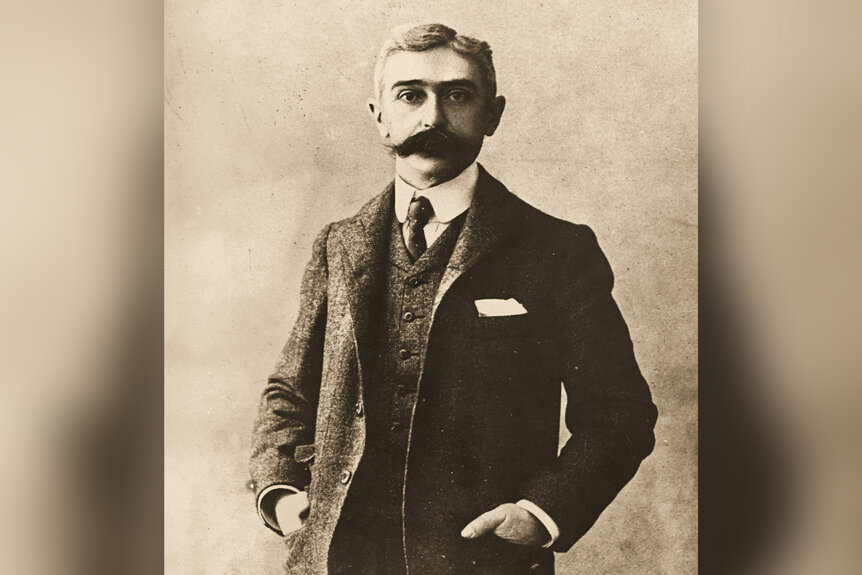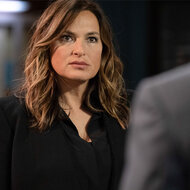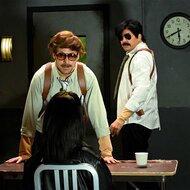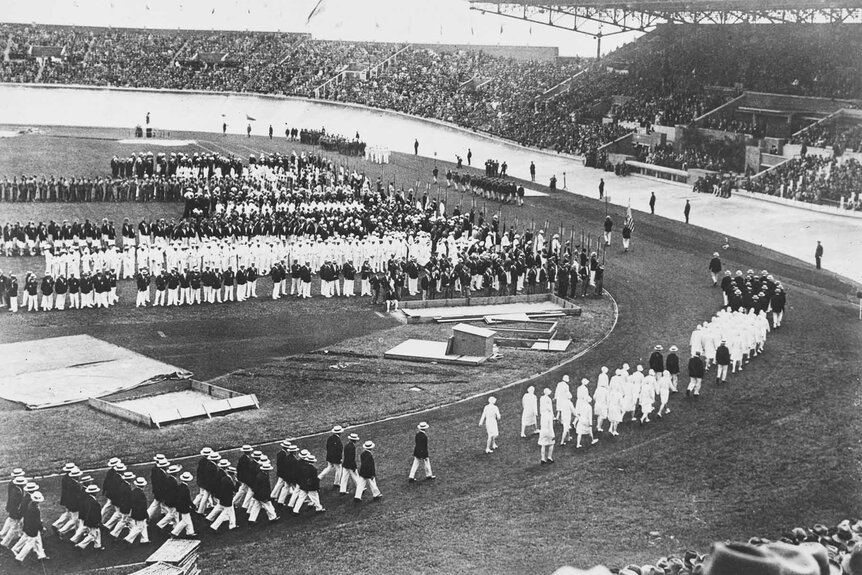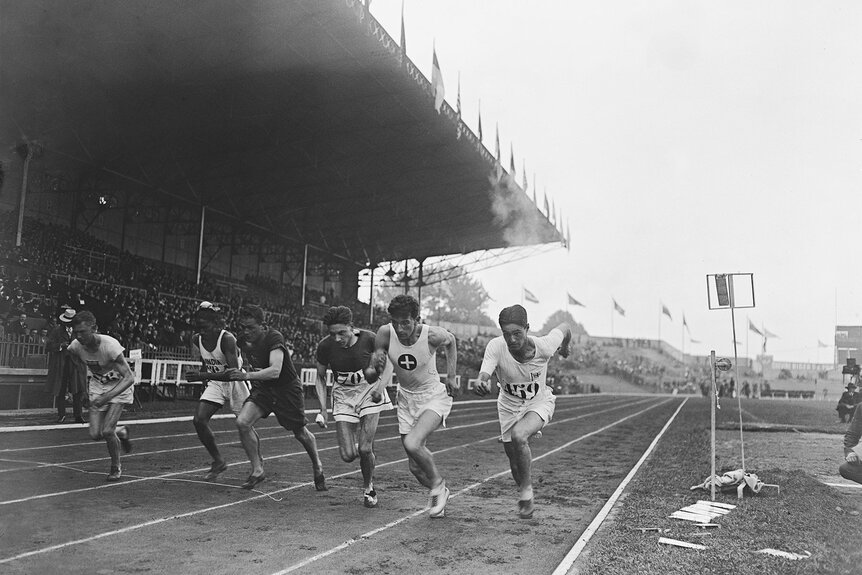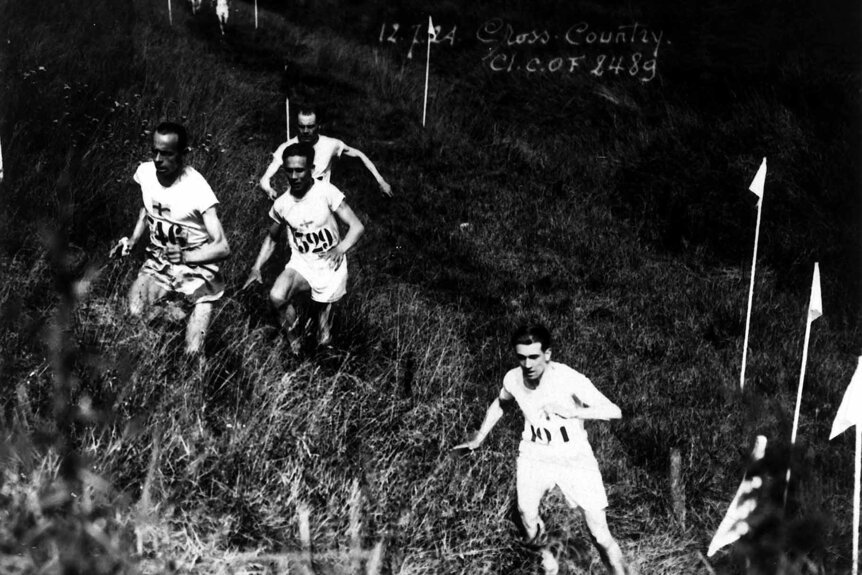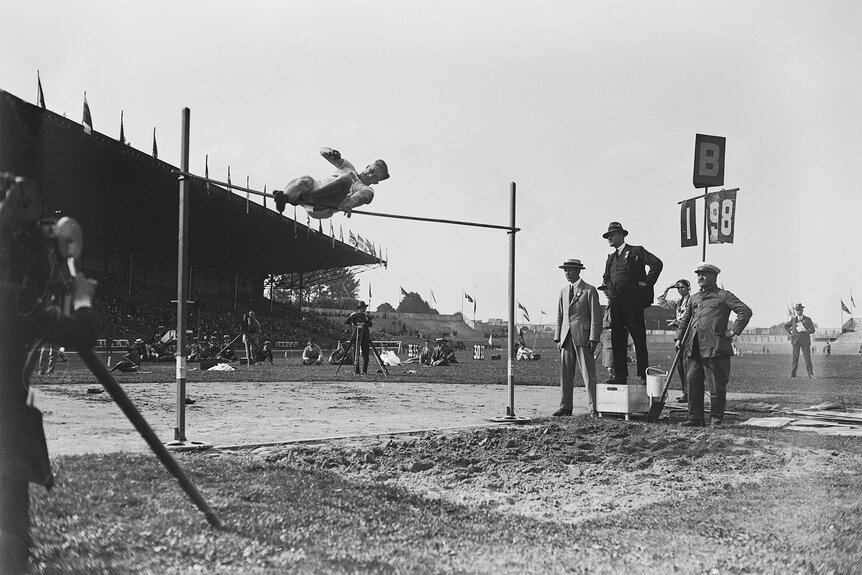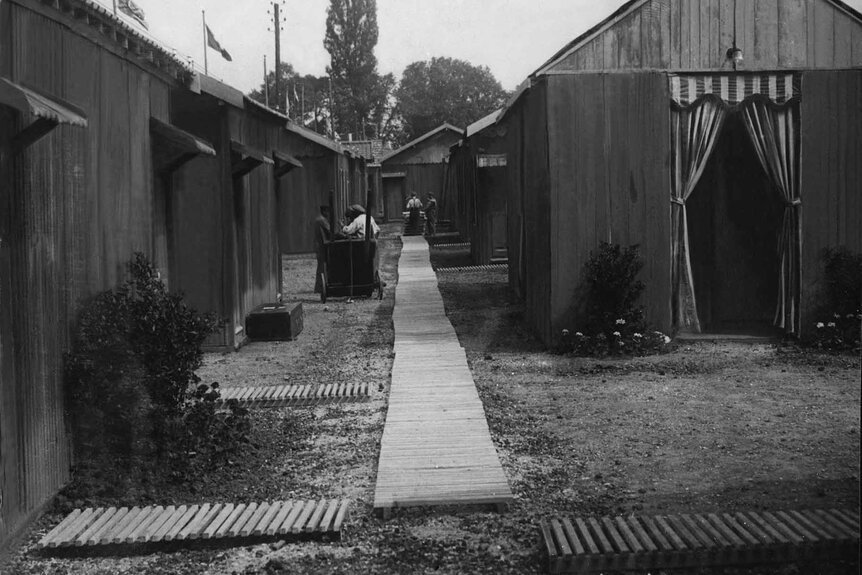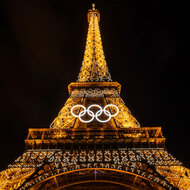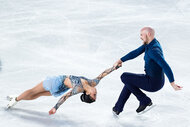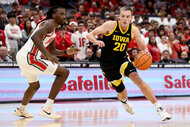Go Back in Time and See What the Paris Olympics Looked Like in 1900 and 1924
From the first Olympic Village to the debut of the Olympic rings, the Paris Games are influential for more reasons than one.
The Olympics have returned to Paris, France for the first time in a century.
Since the last Parisian Games in 1924, a lot has changed in the world of Olympic sports. Gone are the days of rope climbing and solely male competitors, with women joining the ranks of competitors en masse and modern sports making their debut.
But there's no denying that the French capital has made an indelible mark on the Summer Games.
And, it might be argued that France is to credit for the creation of the modern Olympics, having been the birthplace of International Olympic Committee cofounder Pierre de Coubertin. The Frenchman is to thank for the Olympic rings, motto, and so much more.
RELATED: A Her-story of Women’s Gymnastics in the Olympic Games
The 1900 Olympics
While the Greek are credited for creating the Olympics in the first place, Coubertin is known as the father of the modern Olympics, having championed for the Games' revival in the late 19th century.
Together with leaders from other countries, Coubertin organized the first modern Olympics in Athens, Greece, in 1896, per Olympics.com.
Then, for the Games in 1900, the organizers broke with tradition by hosting the first-ever Olympiad outside of Greece. Instead, they chose Paris, France, where the World Fair was also taking place — the organizers had hoped the event would bring more attention to the Summer Games but it ultimately served as a distraction.
Moreover, the IOC had ceded control of the Games to the World Fair organizers. As a result, the 1900 Olympics "were disorganised, the venues were poor and there were no officially agreed rules and regulations," according to the International Society of Olympic Historians.
In fact, the events were in such disarray, some athletes weren't even aware that they had competed in the Olympic Games because of confusion surrounding official and unofficial events. Coubertin later stated, per the ISOH, "I surrendered — and was incorrect in doing so."
RELATED: The Origin Story Behind Every Mascot in Olympics History (PHOTOS)
The 1924 Olympics
Coubertin and the city of Paris had a chance at redemption when the Olympics returned to the City of Lights in 1924.
By this time, the IOC had adopted formal protocols and were striving to be taken seriously amid the emergence of professional sports like boxing, baseball, football and more, as journalist David Goldblatt wrote for The Guardian.
But, as history would show, the Games ended up being a great success for the IOC. The number of National Olympic Committees participating increased from 29 at the 1920 Antwerp Games to 44 at the 1924 Paris Games. In total, 3,089 athletes from across the globe competed in the Games, according to Olympics.com.
"Is this unanimity not, in fact, proof that the Olympic Games now play a prominent role in relations between nations?” Frantz Reichel, the secretary general of the Organising Committee, wrote about the Games, per Olympics.com.
Finnish middle-distance and long-distance runner Paavo Nurmi starred during the 1924 Games, winning five gold medals (three in individual events and two in team competitions), the best individual performance at the Games. His countryman and fellow runner Ville Ritola took home the most medals overall, however, with six, including four golds.
But in terms of national teams, the 1924 Games were a triumph for the United States, who topped the field with 45 gold medals and 99 medals in total, led by stars like Harold Osborn, who took home gold medals in both the high jump and decathlon.
RELATED: How the Los Angeles Games Redefined the Olympics for Years to Come
The Creation of the Olympic Village
The 1924 Games are also notable for having the first Olympic Village, built in the Parisian neighborhood of Colombes. Just a few minutes away from the newly-erected Stade Olympique de Colombes — now known as the Yves du Manoir Stadium and set to be the only French venue to be constructed and used in two Olympic Games — officials constructed tiny huts to serve as housing, as well as a post office, bank, and a restaurant, Olympics.com reports.
Following the completion of the Games, the Village was entirely deconstructed — a practice that has since been retired as part of the IOC's efforts to be more sustainable.
